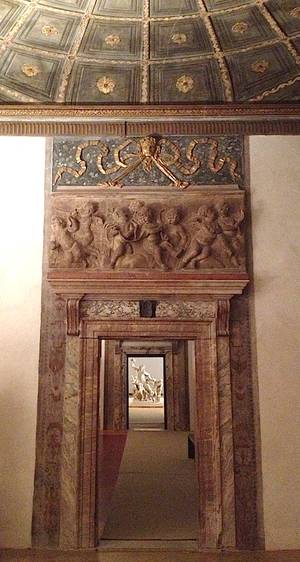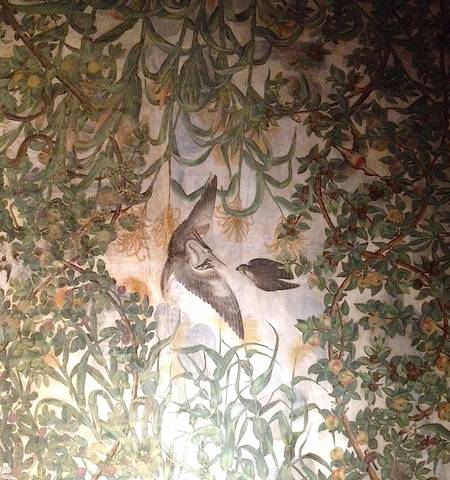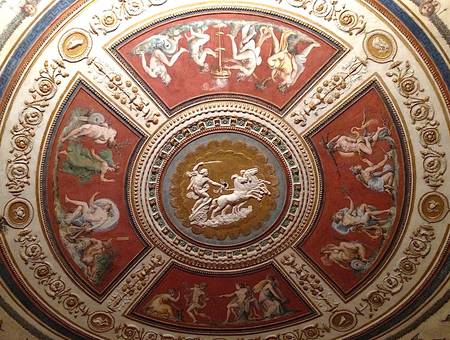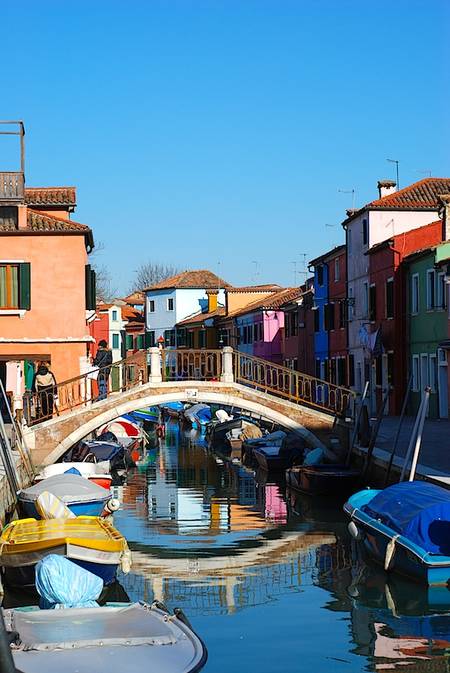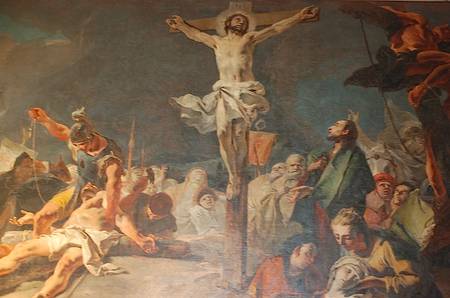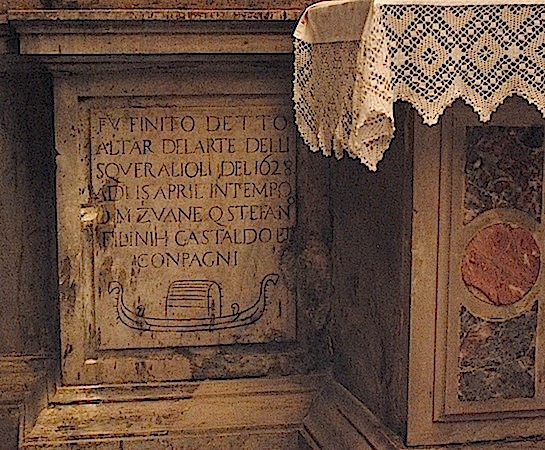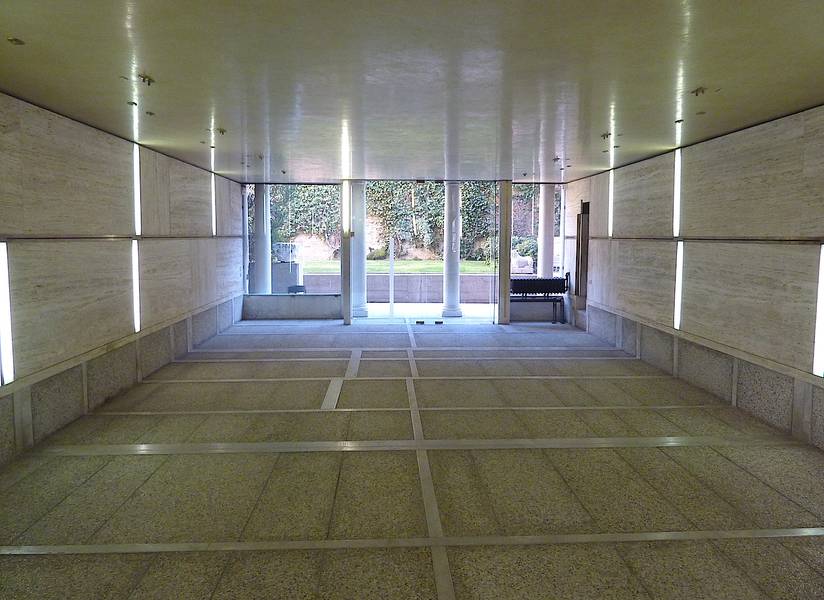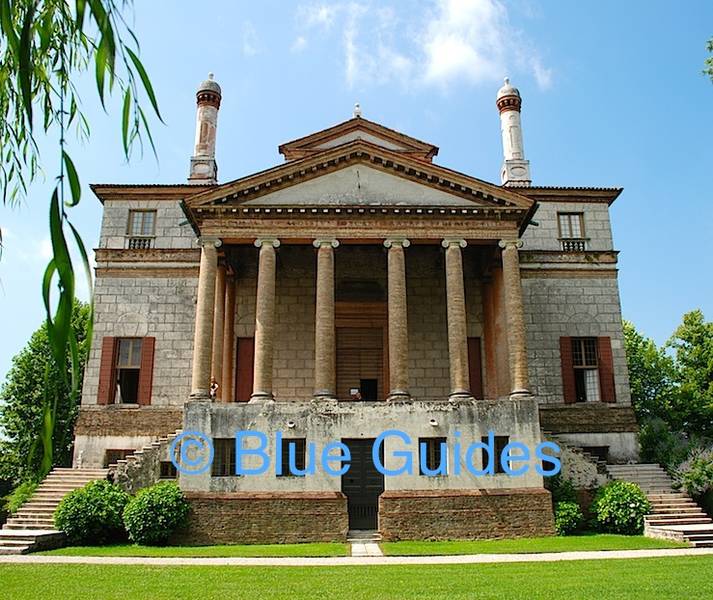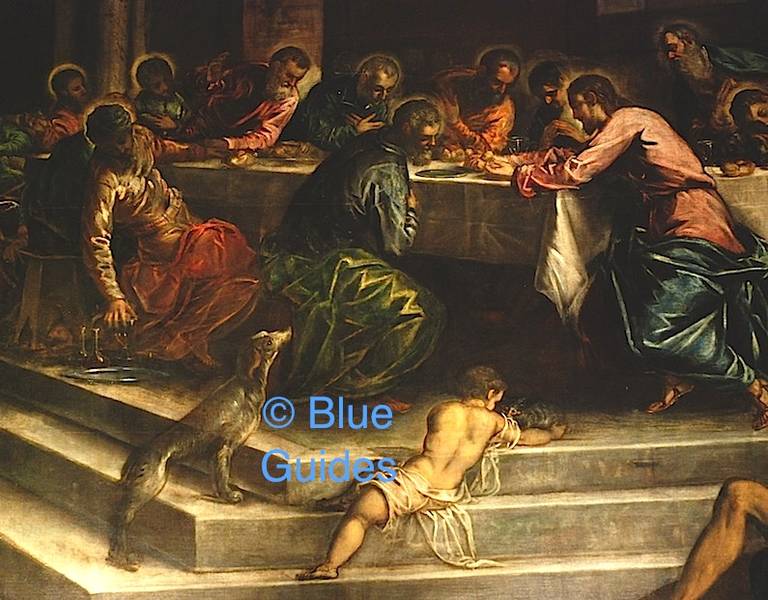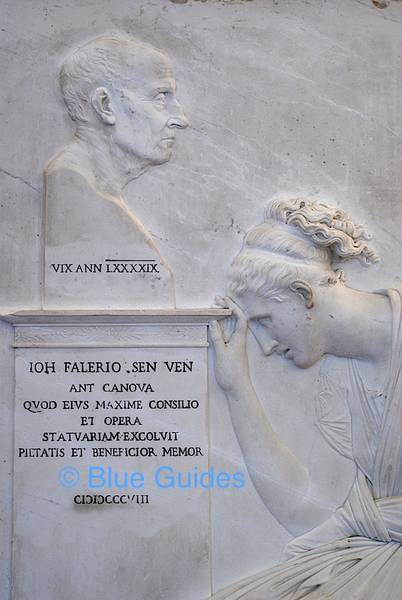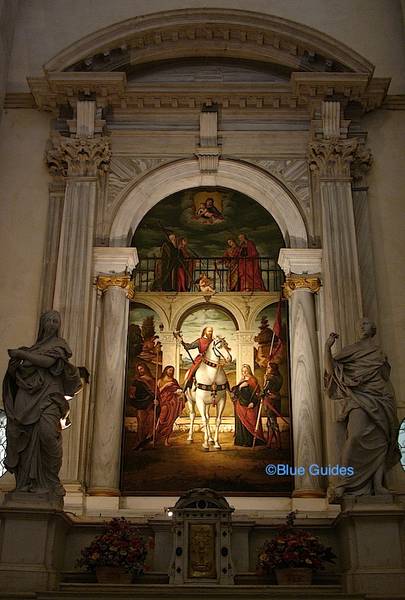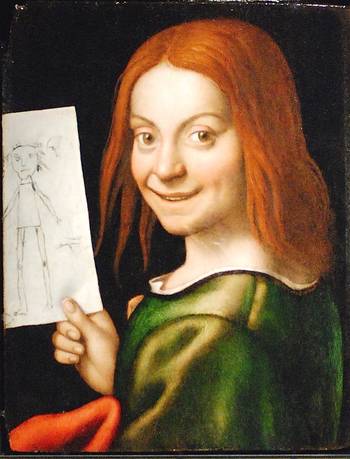by Alta Macadam
After spending many weeks in Venice preparing the text for a new edition of Blue Guide Venice (out next year), I feel moved to sing the praises of the remarkable transport system run by ACTV in the city and the lagoon. Despite the huge number of passengers involved, the service is amazingly efficient and there is excellent electronic information supplied at the landing stages, telling you when the next boat is due. Although a single ticket is very expensive, there are numerous passes which give you free travel on the entire system for a certain number of days, and the season tickets for those who stay longer are extremely good value.
As an approach to Venice and all its wonders, nothing can be compared to the leisurely trip on vaporetto no. 1, all the way down the Grand Canal from the railway station at one end to the basin of San Marco at the other. It is only like this that you can appreciate the uniqueness of the city, see some of its greatest buildings to their full advantage from the water, and understand how the city functions with its myriad forms of water transport, from boats propelled by oars (gondolas to sandoli),through barges of all shapes and sizes, to motor boats. In addition, it provides the visitor with a glimpse into the way of life of the Venetians. For this reason the Blue Guide—ever since its first edition in 1957—has reserved a whole chapter exclusively to a description of the Grand Canal as seen from this vaporetto: the left bank from the station to San Marco and the right bank from San Marco to the station.
Those who work on the ACTV boats are all trained sailors from the Italian navy, and one never ceases to wonder at the skill and efficient aplomb with which the boats are docked at every landing stage. The sailors always attend to the unloading of their passengers with great care and kindness, giving their arm to the elderly or infirm (extended to everyone on days of particularly rough water) or helping mothers carry off their prams. They always step off the boat before the passengers to make sure the vessel is securely moored and usually like to announce, with a flourish, the name of the stop as they do so for those on board, and then the name of the destination for those about to board (and at this point they are always patiently ready to give the added explanations unprepared visitors usually require). It is also fun to observe, even in the most crowded boats full of tourists, how the Venetians stand out for their elegant dress and way of greeting each other, and their quickened step the moment they set foot on the landing-stage as they leave the boat. You can often catch visitors almost mesmerized by these rituals as the boat proceeds on its way.
The design of the larger vaporetti has remained virtually unchanged and there is usually a small area where you can sit outside (now almost always in the stern). Although officially they can carry a maximum of around 200 passengers, their capacity seems limitless, and when very crowded everyone seems faintly amused to feel the boat sink lower and lower into the water as it moves off at a more sedate pace. The ability of manoeuvre by the pilots is astonishing, especially in the crowded traffic on the Grand Canal, where they always manage to give right of way to the gondolas, how ever many of them cross their bows. And after San Marco, they always accelerate and steer out into the basin of San Marco making a wide loop in the water before returning to the quayside at San Zaccaria, simply in order to avoid disturbing the many gondolas moored on the molo at the Piazzetta. But this is always an exhilarating moment in the trip and the chance to catch the best view of all of the Doge’s Palace and the Piazzetta, with the domes of San Marco conspicuous behind.
Whenever you suddenly get tired of walking in Venice it is always worth finding the nearest vaporetto stop. There is nothing more enjoyable than taking a restful boat trip, for the joy of the ride and the wonderful views. Some of best lines are those that serve the many stops on the wide Giudecca canal; the ones that follow the Cannaregio canal out to the Fondamente Nuove on the edge of the northern lagoon; and the ones that leave from the Riva degli Schiavoni for Sant’Elena and San Pietro di Castello on the eastern edge of the city, where you get a unique view of the extensive dry docks of the Arsenale, and where the boat now calls (on request) at the island of Certosa. And then there is the truly wonderful trip (still for the price of a single ticket) via Murano out to Mazzorbo and Burano, where you get the ferry (for no extra fare) across to the remote island of Torcello. This is by far the best way (and the cheapest) of exploring that evocative part of the lagoon, but unfortunately since this ACTV service starts at the Fondamente Nuove, I suspect that the private motor launches which offer tourist excursions to Burano and Torcello from the quayside nearer San Marco often get more custom. Another real bargain is the no. 11 bus service, still offered by ACTV, which runs to the southern tip of the Lido. You then stay on the bus as it boards the ferry across the channel to the island of Pellestrina. After that, the bus takes you the whole length of that island and terminates beside the connecting passenger ferry which continues to Chioggia, where you arrive about an hour and a half later.
The small ACTV motorboat which provides a regular service from near San Zaccaria to the Armenian community on the island of San Lazzaro degli Armeni, just a short distance beyond the island of San Giorgio Maggiore, also calls at San Servolo, where you can get off and have a walk in its walled garden. The view on the return journey, of all the domes of the churches on the Giudecca canal, of the Salute and of San Marco, is spectacular. There are other regular services from Fondamente Nuove to the more remote inhabited islands, very rarely visited, of Le Vignole and Sant’Erasmo. On request, these stop at the Lazzaretto Nuovo, open to visitors by appointment (when you wish to call the boat to get back to Venice, you activate a ‘traffic light’ at the landing stage).
It has to be admitted that there are also some mysteries attached to ACTV. The numbering system of the vaporetti and motoscafi changes every few years, for reasons that are difficult to fathom: in the last few years, for instance, the 51 and 41 and 52 and 42 (which do the circular route in each direction via Murano) have become 5.1. and 4.1. and 5.4 and 4.2. The services to Burano and Torcello have been given completely new numbers. And as for the special summer services, including thevaporetti to the Lido, which take crowds of Venetians there for a swim on hot days, it is never clear what number they will have (nor, in some cases, which route they will take). You can also sometimes be perplexed about the validity of your ticket (all of them last for one hour, so you can use the same ticket if you change boat—but only if it is going in the same direction!). Even if you have a valid pass or season ticket, you are now asked to present your ticket to the machines before you board (although it seems that many Venetians, all with their special passes, quietly refuse to adhere to these new regulations).
Innovations in recent years include illuminated electronic signs in the cabin, showing which stop is coming up next, and also, rather more obtrusively (but usually only in operation in high season) recorded messages in both Italian and English (I once heard a Venetian mother repeating “next stop” to her child, to teach it a little English). The Rialto markets have been given a vaporetto stop for the first time, and the San Marco stop now has a grand new floating shelter which facilitates the flow of tourists (even though many Venetians have complained that it is too big and blocks the view of the Salute from that side of the Grand Canal). A ‘vaporetto dell’arte’ has been introduced at certain times of year, which costs considerably more than a normal vaporetto but which has the advantage that you can get on and off as you wish, and which at present is never crowded. This is particularly helpful to the elderly or those confined to wheelchairs (although of course vaporetti are one of the very easiest forms of transport for wheelchairs).
The transport system has to deal not only with the enormous crowds of visitors at certain times of year, but also the problems of ever more frequent acque alte (flood tides), when some of the services have to be suspended because they can’t get under the bridges, and even the winter fogs which can make navigation treacherous, so that some lines have to be cancelled. But despite all this, ACTV remains to my mind one of the great Venetian institutions, which facilitates a visit to the city in so many ways. It deserves the support and gratitude of all those who go to Venice.
